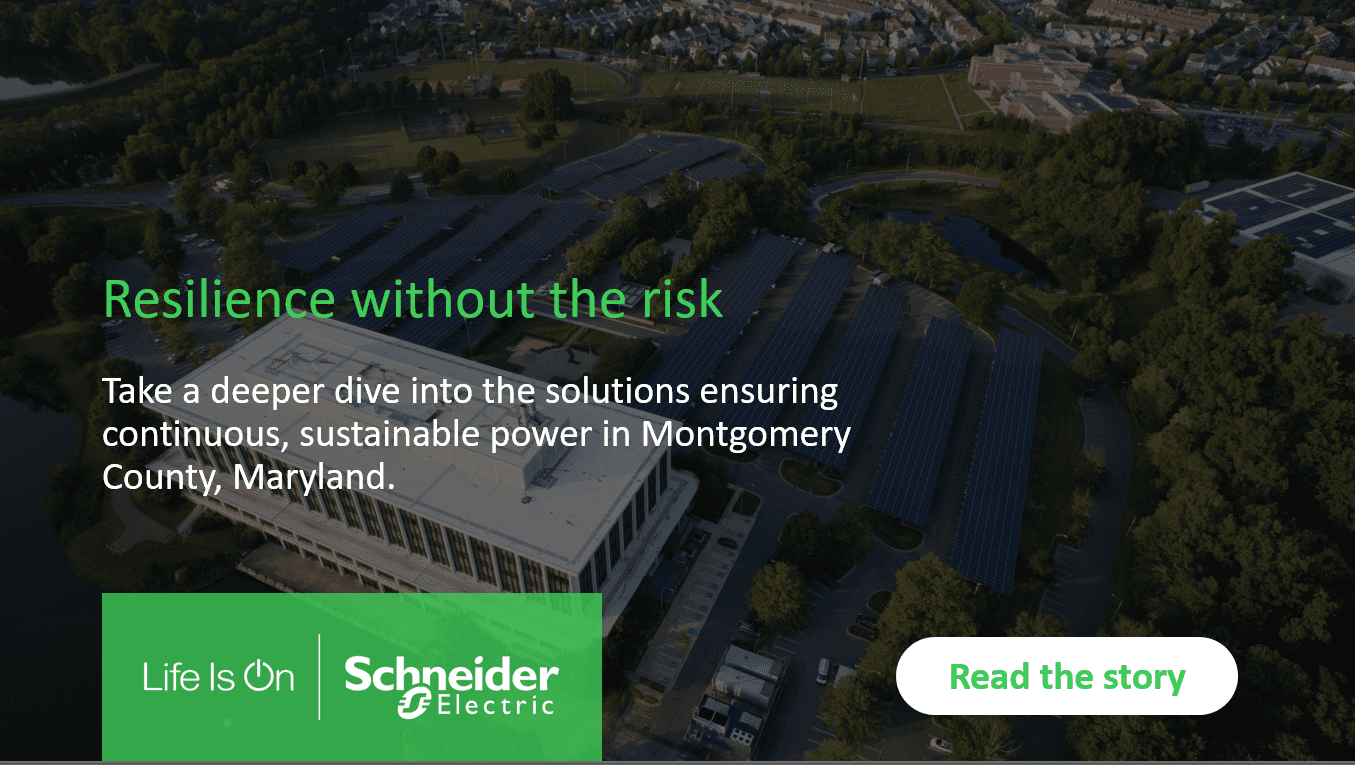The proactive shutdowns and winter weather-related outages that hit Texas are yet another plot point in a story now familiar to all of us.
Across the U.S., the combination of extreme weather, aging infrastructure, and rising energy demand are placing greater stress on an ever-shakier grid. For hospitals, data centers, and industrial plants that have critical power needs, the time has come for action. It’s time to reconsider the way we produce, transmit, and consume energy.
Microgrids are a practical, proven solution to grid outages. So why haven’t critical facility owners scrambled to build them? The answer lies in two misconceptions, which I’ll clear up in this post.
Misconception #1: Microgrids are too expensive.
When I speak about microgrids to people who run critical facilities, they often ask me about affordability. For years, microgrids were financially out of reach for many. They were often custom-built using an array of vendors, which raised the price. Plus, with the costs of solar and battery storage, microgrids did not pencil out.
That’s all changed recently. The cost of installing solar has dropped 70 percent over the last decade. The cost of electricity from batteries dropped 76 percent from 2012. And new companies are offering comprehensive microgrid solutions, making microgrids simpler, easier, and cheaper to deploy.
Consider what’s changed when it comes to financing microgrids:
- It’s possible to build cost-effective microgrids without subsidies or incentives. Although Sterling, a small Massachusetts town, did receive grants, they could’ve still built their microgrid without grants and earned a 7-year payback (as opposed to the 2-year payback they earned with grants).
- You no longer need to buy microgrids outright. New ventures such as AlphaStruxure and GreenStruxure make the Energy-as-a-Service (EaaS) financing model possible. EaaS providers take on the financial, technical, operational, and regulatory burden, while you retain key decision-making abilities. It’s a way to introduce renewables, protect against outages, lock in energy rates, and leave operational responsibility to the experts. You would pay for the microgrid service over the life of the contract, but there are zero upfront costs.
Both advances are making microgrids increasingly cost-effective and accessible.
Misconception #2: The jury’s out on whether microgrids really work.
The other question I often hear is about practicality. Given that microgrids are relatively new on the scene, some critical facility operators are reluctant to try something new. Although I understand their skepticism, I view doing nothing — and therefore facing the constant risk of unplanned downtime — as an increasingly untenable option. Downtime from outages can cost businesses hundreds, if not thousands, of dollars per minute.
We’ve installed successful microgrids across the spectrum of critical facilities, from a busy port facility in California to a nature preserve in Wisconsin. Perhaps it’s worth talking about a real customer case study to make this all seem more concrete:
Montgomery County, MD, just outside Washington, D.C., is growing rapidly. Yet frequent storms and power outages put the county’s critical infrastructure at risk. The city built two microgrids to provide redundant power for the correctional facility and the public safety headquarters. These systems, for zero upfront cost, provide 11 million kWhs of renewable electricity, which is the equivalent carbon reduction of planting 178.000 trees. They also ensure the county’s emergency services remain operational during severe weather. And with the energy-as-a-service model, the county was able to avoid $4 million in capital expenditures.
There is no one-size-fits-all answer to the question, “Will a microgrid work for me?” But if you’re asking yourself that question, we can help. A good place to start is with a feasibility study. You can start one by filling out the form at the bottom of our microgrid page.
And after you do that, feel free to continue this conversation. Curious about AlphaStruxure or GreenStruxure? Wondering how energy-as-a-service works? Let me know in the comments.




Conversation
Excellent information about Microgrids Paul. I am a very big supporter of the microgrid technology having built more than 40 microgrids in off grid locations maimly rural. We in india @ schneider Have ambitious plans for building microgrids that are ExostruXure enabled for grid connection. Pl guide me to the right connections who can support with the necessary information. Again .. thank you very much for this wonderful article.
The links to the microgrid page and AlphaStruxure do not work. I’d like to share this with others in my organization that will be interested in pursuing this option. Thanks, Jeff
Hi Jeff,
The links should be working. Please try these and let me know if they still do not work for you.
https://www.se.com/us/en/work/solutions/microgrids/
https://alphastruxure.com/
I built one around my home “off grid” solar panel system with lead acid batteries, solar panels and 12 volt to 120 volt inverters and it can power not only my own home but my neighbors refrigeration during power outages. With better batteries and better efficiency panels available today, I could do better than back in 2010 when I built my system out with home made equipment since such as APC uninterruptable power supplies. The prices were so high for Recreational Vehicle Battery/inverter systems. With battery to grid inverters, we could also maintain more power to the grid in power shortages when solar or wind generation is low or unavailable and get paid for it lowering the end cost of a micro grid installation if the local utility would allow this back-feed of power to a working grid.